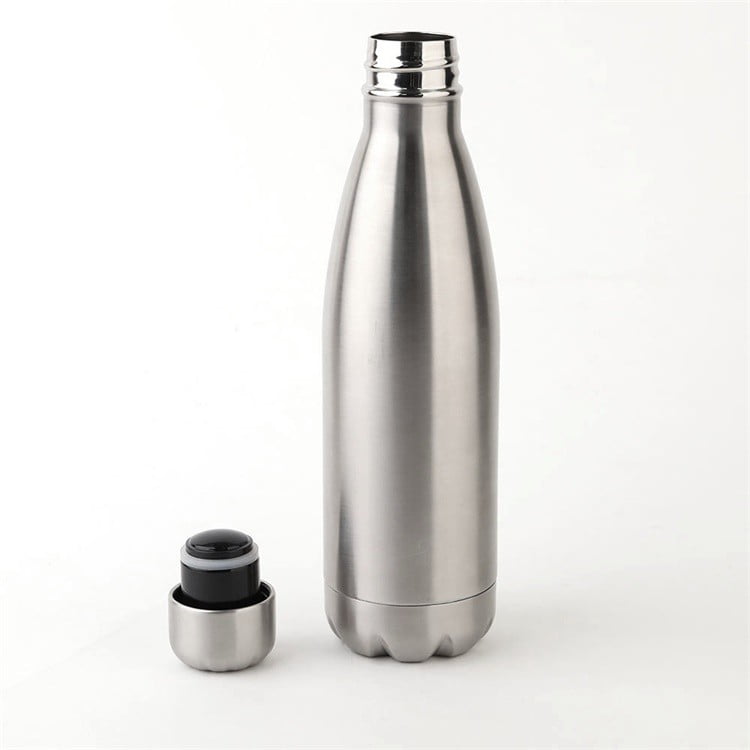201 stainless steel, “Li Gui” who is good at camouflage
Most of the unqualified thermos cups use 201 stainless steel as the liner. 201 stainless steel has high manganese content and poor corrosion resistance. Long-term storage of acidic substances may lead to the precipitation of manganese. Manganese metal is an essential trace element for the human body, but excessive intake can damage the nervous system.
304 stainless steel, the real material is very “carrying”
When stainless steel comes into contact with food, the potential safety hazard is mainly the migration of heavy metals. Therefore, stainless steel materials that come into contact with food must be food grade. The most commonly used food grade stainless steel is 304 stainless steel with better corrosion resistance, which itself contains 18% chromium and 8% nickel. However, merchants will mark the word 304 on the obvious position of stainless steel products, but marking 304 does not mean that it meets the requirements for food contact use.
316 stainless steel, aristocratic origin is not stained with “mortal dust”
304 stainless steel is relatively acid-resistant, but it is prone to pitting corrosion when encountering substances containing chloride ions, such as salt solutions. And 316 stainless steel is an advanced version: it adds metal molybdenum on the basis of 304 stainless steel, and the corrosion resistance is more “carrying”. However, the cost of 316 stainless steel is relatively high, and it is mostly used in high-precision fields such as medical treatment and chemical industry.

